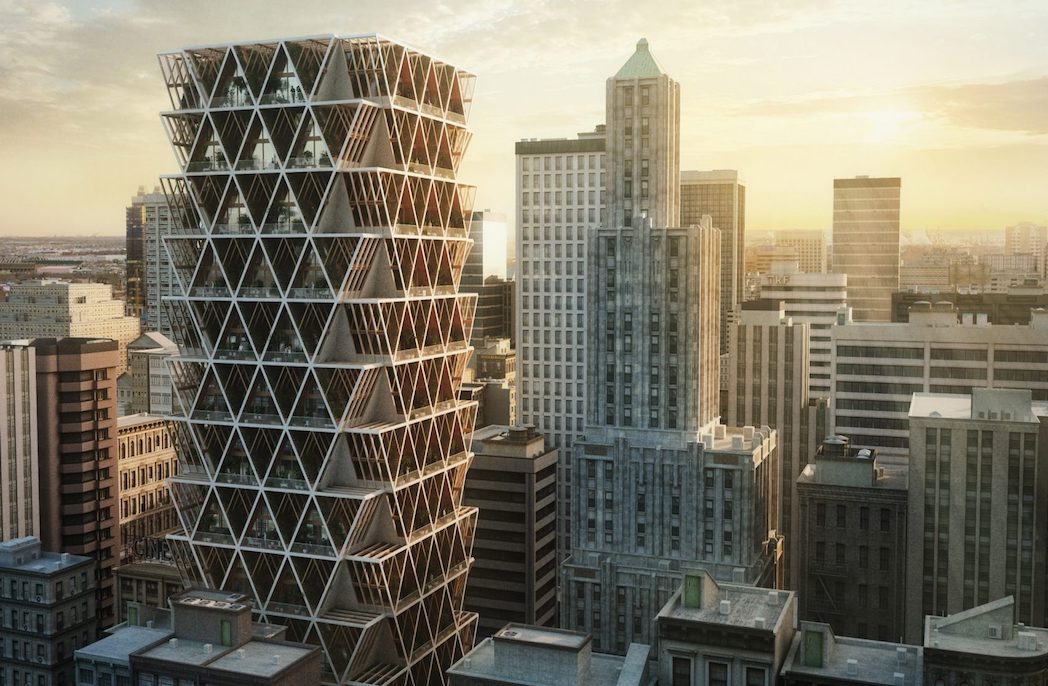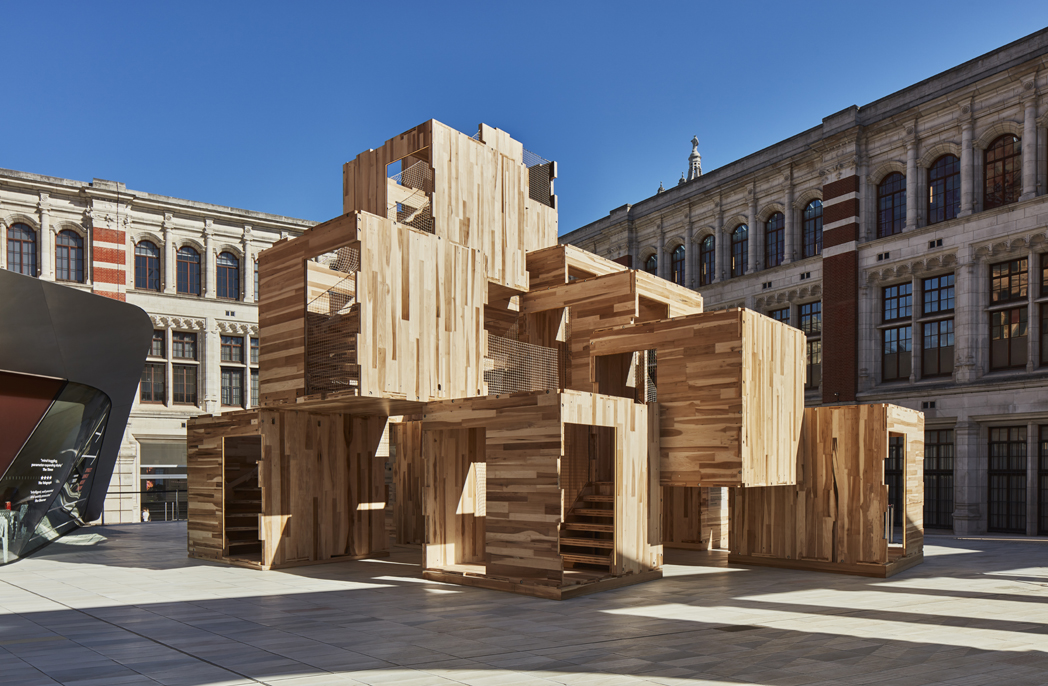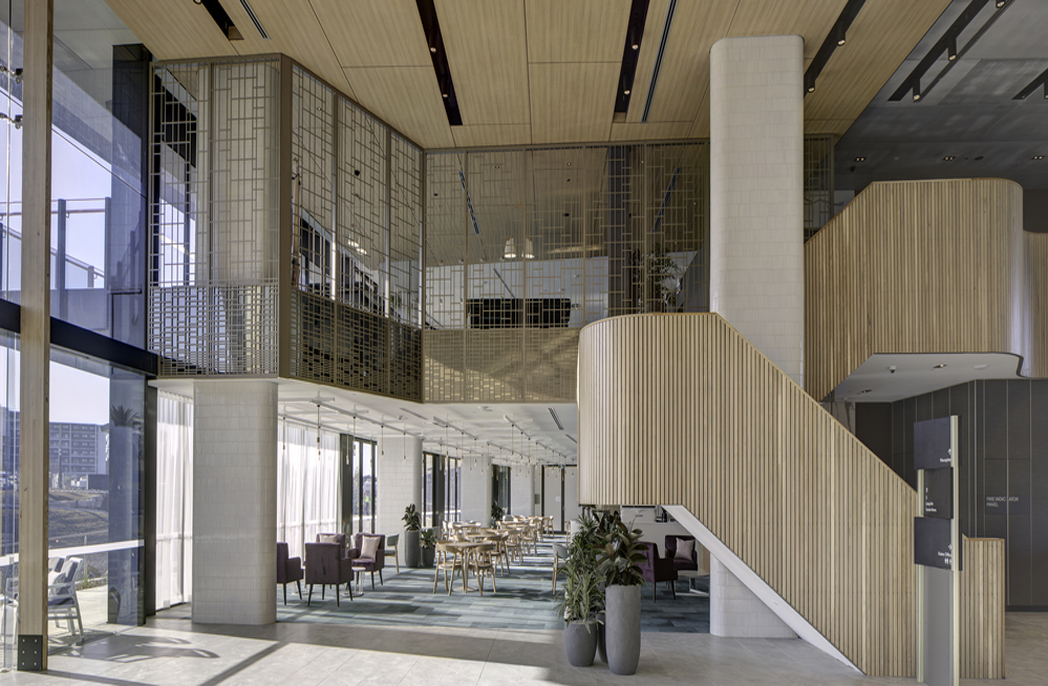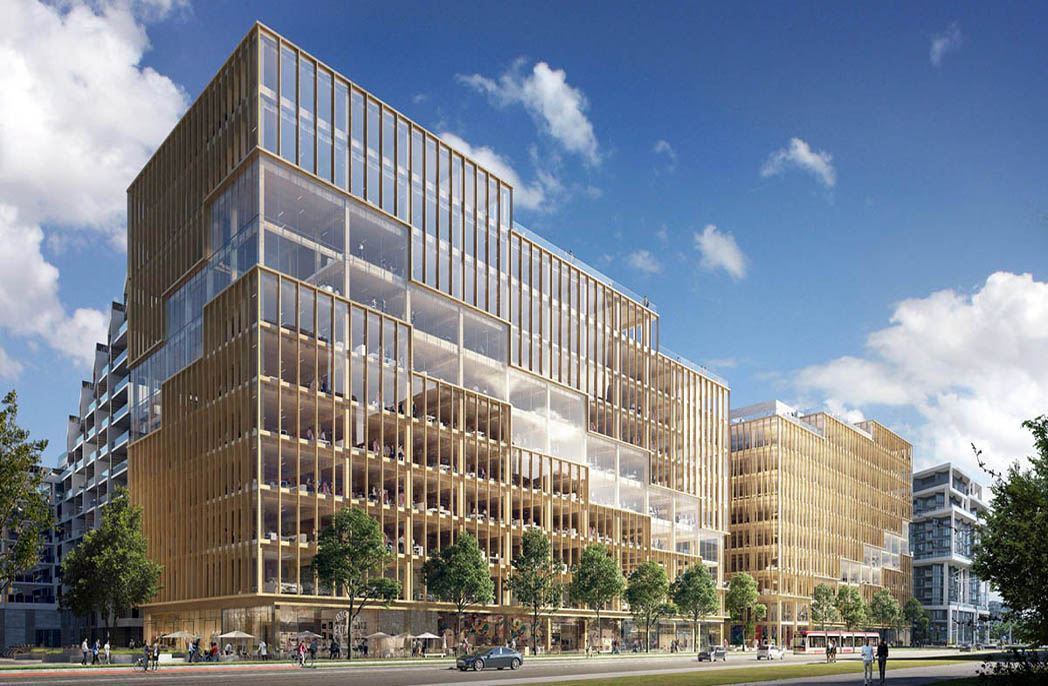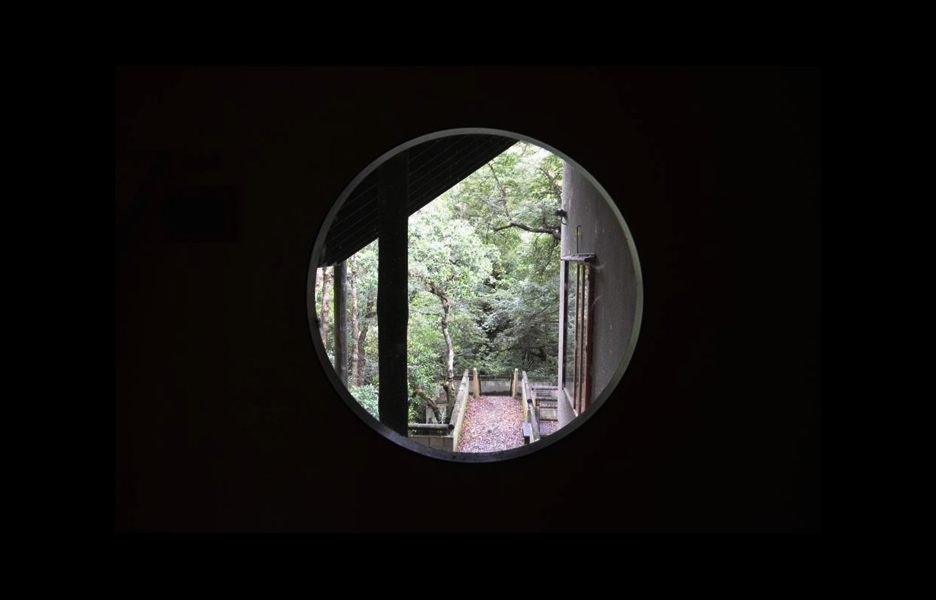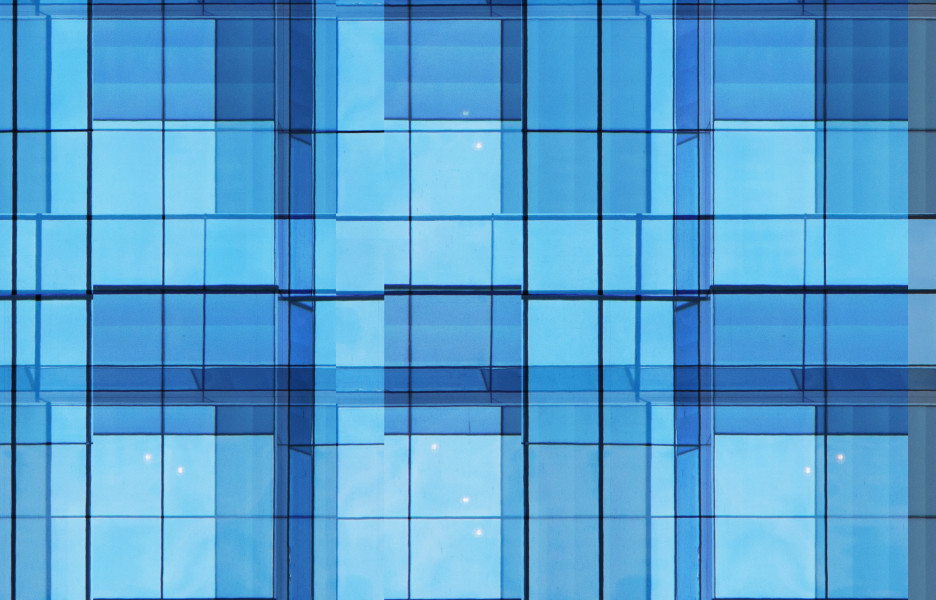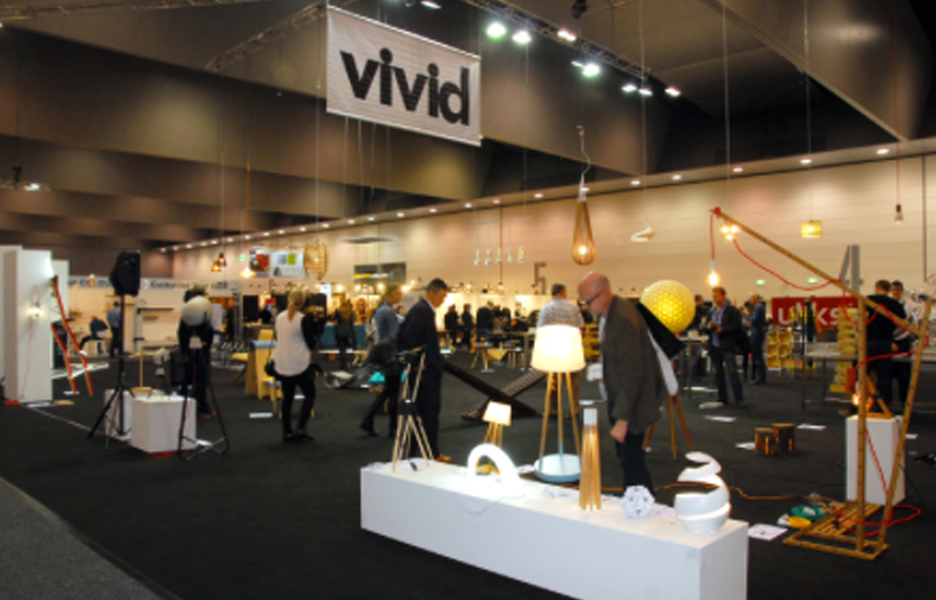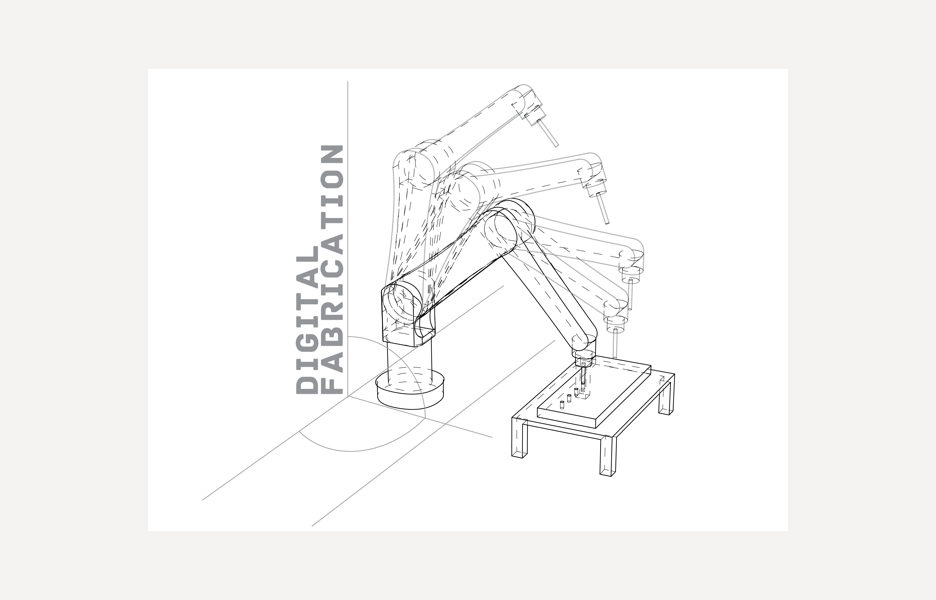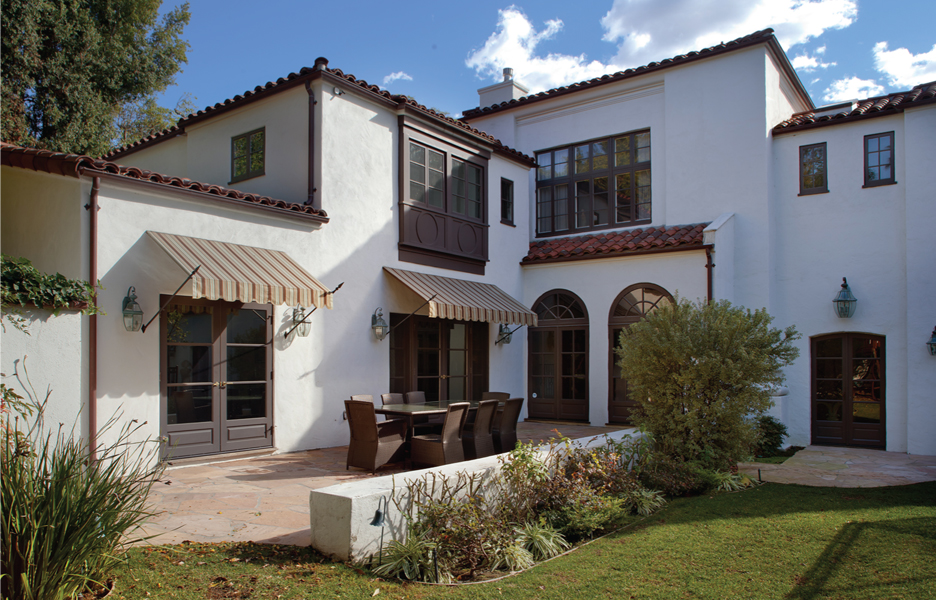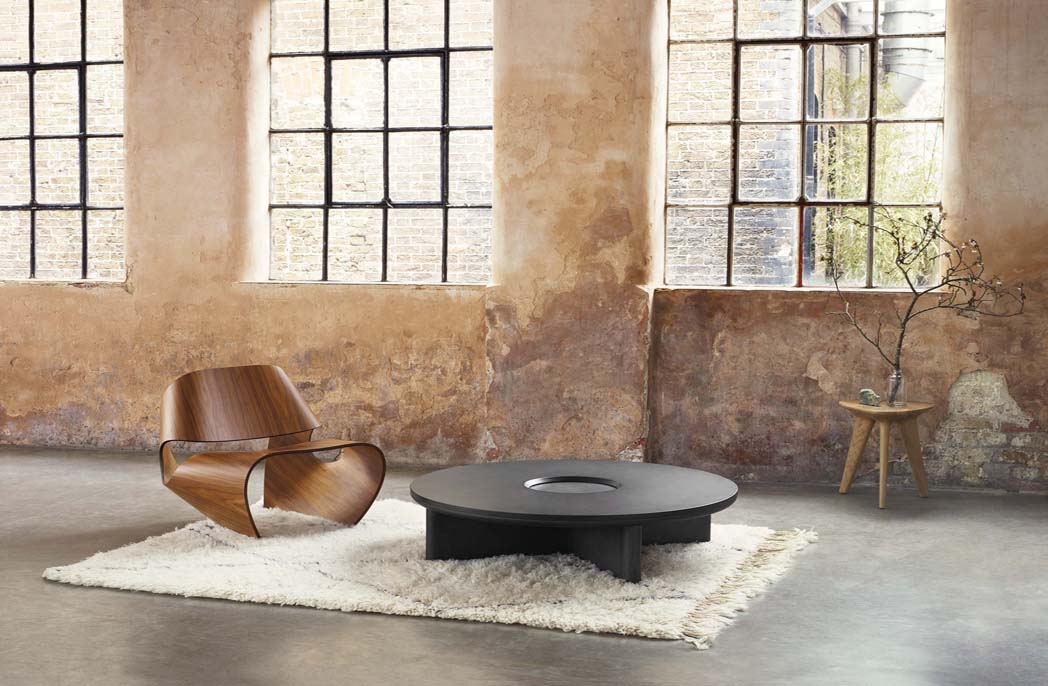
Timber construction taken to new heights
Timber construction taken to new heights
Share
Interest in cross laminated timber (CLT) as a construction material is reaching new heights here in Australia with the announcement the world’s tallest timber-engineered office tower is to be built in Brisbane.
CLT is a technique whereby layers of wood are glued together under high pressure with the grain of each perpendicular to the that of which it is affixed. Proponents of the material point to sustainability and human wellbeing as advantages over more traditional construction materials, such as concrete and steel.
At a height of almost 45 metres, the Bates Smart-designed building situated at 25 King Street, will house approximately 7900 square metres of office space with the lowest three levels given over to bespoke retail tenancies. The tower is part of the $2.9 million Brisbane Showgrounds redevelopment.
![ProEXR File Description =Attributes= cameraAperture (float): 36.000004 cameraFNumber (float): 8.003860 cameraFarClip (float): 1000000015047466200000000000000.000000 cameraFarRange (float): 1000000.000000 cameraFocalLength (float): 24.011580 cameraFov (float): 73.713264 cameraNearClip (float): 0.000000 cameraNearRange (float): 0.000000 cameraProjection (int): 0 cameraTargetDistance (float): 49765.617188 cameraTransform (m44f) channels (chlist) compression (compression): Zip dataWindow (box2i): [0, 0, 3332, 4999] displayWindow (box2i): [0, 0, 3332, 4999] lineOrder (lineOrder): Increasing Y name (string): "" pixelAspectRatio (float): 1.000000 screenWindowCenter (v2f): [0.000000, 0.000000] screenWindowWidth (float): 1.000000 type (string): "scanlineimage" vrayInfo/camera (string): "PhysCameraSignOff_AR.009" vrayInfo/computername (string): "qld-node01" vrayInfo/cpu (string): "INTEL/Model:12,Family:6,Stepping:2,Cache:0" vrayInfo/date (string): "19/01/2017" vrayInfo/filename (string): "170119_55 King St_Ext_Aerial - LV005.max" vrayInfo/frame (string): "00000" vrayInfo/h (string): "0" vrayInfo/mhz (string): "0MHz" vrayInfo/numPasses (string): "0" vrayInfo/numSubdivs (string): "0.00" vrayInfo/os (string): "Win7" vrayInfo/primitives (string): "0" vrayInfo/ram (string): "73728MB" vrayInfo/rendertime (string): " 0h 0m 0.0s" vrayInfo/time (string): "2:24:34 PM" vrayInfo/vmem (string): "8388608MB" vrayInfo/vraycore (string): "3.25.01" vrayInfo/vrayversion (string): "Internal V-Ray version Adv 3.40.03" vrayInfo/w (string): "0" =Channels= A (half) B (half) G (half) MultiMatteElement_mID_1-3.B (half) MultiMatteElement_mID_1-3.G (half) MultiMatteElement_mID_1-3.R (half) MultiMatteElement_mID_10-12.B (half) MultiMatteElement_mID_10-12.G (half) MultiMatteElement_mID_10-12.R (half) MultiMatteElement_mID_4-6.B (half) MultiMatteElement_mID_4-6.G (half) MultiMatteElement_mID_4-6.R (half) MultiMatteElement_mID_7-9.B (half) MultiMatteElement_mID_7-9.G (half) MultiMatteElement_mID_7-9.R (](https://www.australiandesignreview.com/wp-content/uploads/2017/07/170215-55-King-St-V03-Hero-2-R01-e1499231066395.jpg)
The structure will be the world’s tallest wooden office block. Render: LendLease
“We’re committed to helping move Australia to a low-carbon future. We look for property investments with excellent potential for environmental sustainability where we can fund best-in-class construction, or actively manage existing properties to drive energy efficiency and very positive social outcomes.
“We believe our approach helps drive demand for real estate that benefits the environment and the wider community, and ultimately delivers attractive returns for IIG’s investors.”
The office tower will be developer Lendlease’s fifth engineered timber building in Australia, joining International House Sydney, Forte Apartments and Library at The Dock in Melbourne, and Jordan Springs Community Hub in Western Sydney.
As interest in CLT construction continues to grow here in Australia, in England dRMM Architects has overseen the completion of the world’s first hardwood CLT building. To date, all CLT buildings have made use of softwoods.
The building houses British charity Maggie’s Oldham branch. Maggie’s Centres offer programmes and counselling to improve physical and emotional wellbeing. dRMM chose to use American tulipwood for the design of Maggie’s Oldham owing to its visual appeal and the positive effects wood can have on human wellbeing. According to a 2015 Wood Housing Humanity Report, wood can reduce blood pressure, heart rates and recovery times.
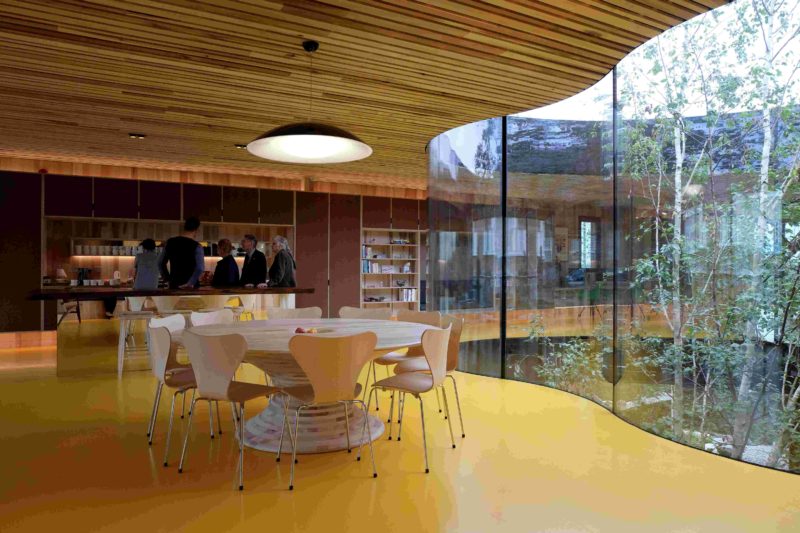
The main kitchen area with an American tulipwood CLT table designed by Barnby Day. Photography: Jasmine Sohi.
The use of hardwood in CLT construction has been pioneered in part for its improved flexibility. American tulipwood is approximately 70 percent stronger in bending than a typical CLT-grade softwood. The structural CLT panels for Maggie’s Oldham were developed by CLT specialists, Züblin Timber.
The first public experiment with this building material was The Endless Stair, created during the London Design Festival, 2013. Engineering calculations show the structure could have supported 100 people at any one time. Tulipwood CLT is one of the most sustainable timber species because of how fast it replenishes, through natural growth alone.
You Might also Like
